Art
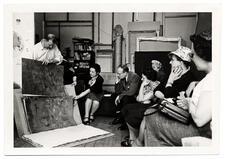
Colette Roberts
Colette Roberts devoted her life to increasing people’s understanding and appreciation of modern art. The success she earned as a gallery director, art critic, and educator influenced the art world of the mid-twentieth century in New York and Paris and throughout the world.

Sarah Rodrigues Brandon
Sarah Rodrigues Brandon (1798-1828) was born poor, enslaved, and Christian on the island of Barbados. By the time of her death thirty years later she was one of the wealthiest Jews in New York and her family were leaders in Congregation Shearith Israel. This entry explains Sarah’s life journey and highlights how her story relates to that of other women of mixed African and Jewish ancestry in early America.

Jeanne Greenberg Rohatyn
Sophie Sonia Rosenberg
Sophia Sonia Rosenberg was the creator and owner of Sonia Gowns Inc, an elegant dress company. After immigrating to New York in 1908, she worked for various dress companies and entered a business alliance with Gloria Vanderbilt in 1935.
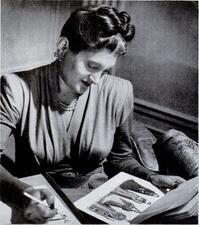
Nettie Rosenstein

Doris Rosenthal
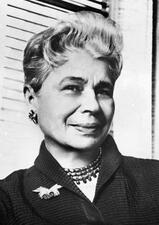
Ida Cohen Rosenthal
Ida Cohen Rosenthal not only created the modern bra, she also helped found Maidenform, Inc., and make it the most successful bra manufacturer in the world.
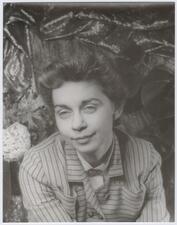
Jean Rosenthal
Jean Rosenthal was a pioneer in theater lighting design, finding new aesthetics for dance performances and theater productions. Rosenthal did the stage lighting for a number of well-known Broadway plays and musicals, such as West Side Story (1957), Becket (1960), Hello, Dolly! (1964), Hamlet (1964), Fiddler on the Roof (1964), The Odd Couple (1965), and Cabaret (1966). She is most famous for her unconventional lighting of dance and opera performances.
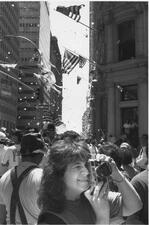
Joan Roth
Born in Detroit, Joan Roth has worked with many well-known photographers in her long career and is primarily interested in photographing Jewish women. In 1983, Roth joined the rescue missions airlifting Ethiopian Jews to Israel. Inspired by the photographs she took there, Roth traveled to Jewish communities all over the world photographing Jewish women in rapidly disappearing communities.
Gail Rubin
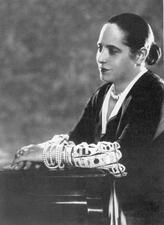
Helena Rubinstein
Helena Rubinstein built a global beauty empire by selling face cream to Depression–era housewives and teaching makeup tricks to film vamp Theda Bara.
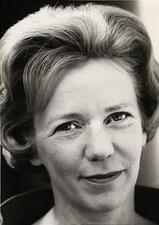
Aline Saarinen
Aline Saarinen first gained notoriety as an art critic and served as an associate art editor at the New York Times. Her career in art criticism segued into a career in television as a popular on-air personality. Saarinen’s presence on television led to her appointment as chief of the National Broadcasting Company’s Paris news bureau, the first woman to hold a position of this type.
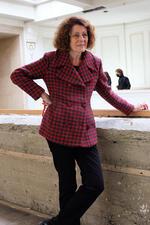
Rachel Salamander
Rachel Salamander is a writer, scholar, editor, and publisher. Born in 1949 in a DP camp in Germany, she has written and published multiple works about German Jewry and DP camps after World War II. In 1982, Salamander established the Literaturhandlung in Munich, a prominent bookshop and meeting place specializing in Jewish literature.
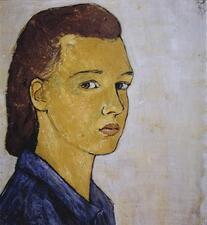
Charlotte Salomon
Vera Frances Salomons
An elusive figure, Vera Salomon, who belonged to the interconnected network of Anglo-Jewish families known as “the Cousinhood,” is best remembered for founding and funding the L.A. Mayer Museum of Islamic Art in Jerusalem. This was the culmination of a longstanding philanthropic commitment to Jewish life in what would become the State of Israel.

Margherita Sarfatti
Born into a wealthy Venetian Jewish family, Margherita Sarfatti joined the Socialist Party and became the art critic for the newspaper Avanti!, where she met Benito Mussolini. The two became lovers, and she followed Mussolini into the Fascist movement and helped plan the rise of the Fascists, only abandoning his cause when Mussolini embraced antisemitism in 1938.
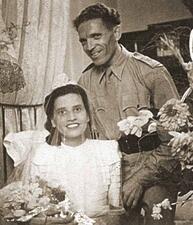
Bouena Sarfatty Garfinkle
Bouena Sarfatty Garfinkle, a Sephardi woman, risked her life over and over again to aid to her community during World War II. At a later stage in her life, Bouena’s historical-literary acumen enabled her to record Jewish life in Salonika during the twentieth century, including the devastation to her community at the hands of the Nazis.

Beyle Schaechter-Gottesman
Bertha Schaefer
Bertha Schaefer broadened the definition of interior decorator to designer, innovator, and pioneer in integrating fine arts and architecture with interior design. Schaefer’s two New York City businesses – an interior design firm and an art gallery – showcased defining features of the postwar period, garnering her significant praise and attention in the world of art and design.
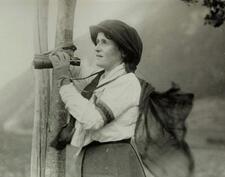
Alice Schalek
Alice Schalek first entered the public sphere at the turn of the century as the author of a well-received novel, published under the male pseudonym Paul Michaely. The first woman in Austria to become a career photojournalist and travel writer, and the first and only female member of the Austrian Kriegspressedienst (war information unit) during World War I, Schalek paved the way for careers in both photography and journalism for other women.
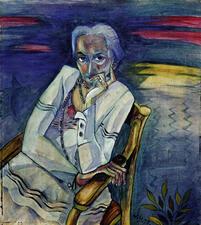
Rosa Schapire
Rosa Schapire was one of the few women to pursue art history studies at a time when the discipline itself was still in its infancy. Her foray into this male-dominated profession was indicative of her allegiance to feminist aspirations to equal opportunity and adult suffrage.
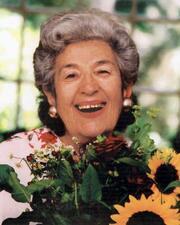
Miriam Schapiro
Miriam Schapiro helped pioneer the feminist art movement, both through her own pushing of creative boundaries and by creating opportunities for other women artists. Starting in 1970, Schapiro raised women’s consciousness through her writing, painting, printmaking, teaching and sculpture. She lectured extensively on feminist issues to professional conferences, university audiences, art classes and women’s groups.
Ruth Schloss
Through her socio-political artworks, Israeli painter Ruth Schloss (1922-2013) directed the viewer's attention to the human conditions of the downtrodden and marginalized in Israeli society from the 1940s through the early 2000s. She depicted figures and images people usually prefer to ignore, such as the poor and the unprivileged, the working class, newcomers, Mizrahi Jews, Palestinian refugees, the disastrous ruins of the wars in Israel, the Intifada in the occupied territories, women and children, newborns, and the elderly.

Catherine Lieber Shimony
Sarah Shor
Sarah Shor, a painter, graphic artist, and theater designer, belonged to the modern Jewish cultural and literary circles of twentieth-century Russia and Ukraine. The notion of creating “modern Jewish art” influenced Shor’s artistic evolution, and works on Jewish motifs occupy a significant place in her oeuvre.


